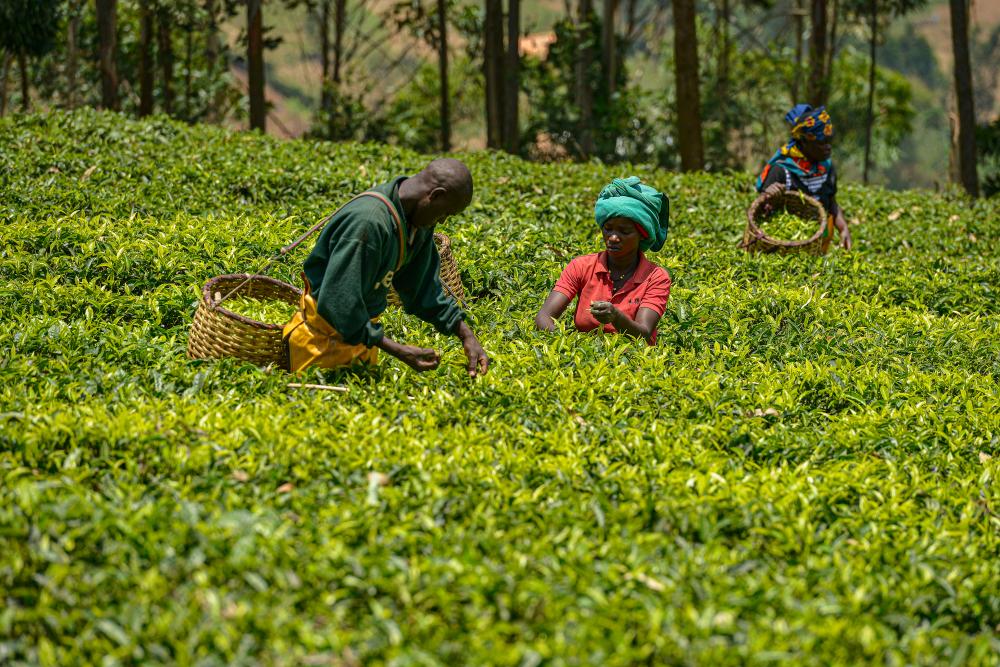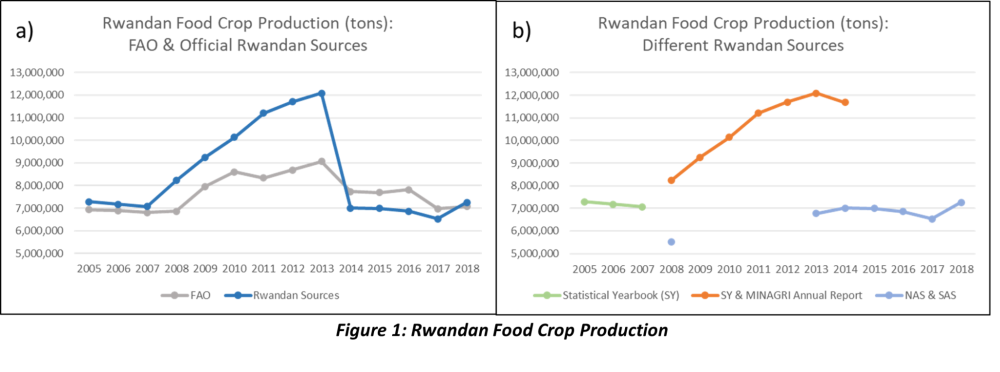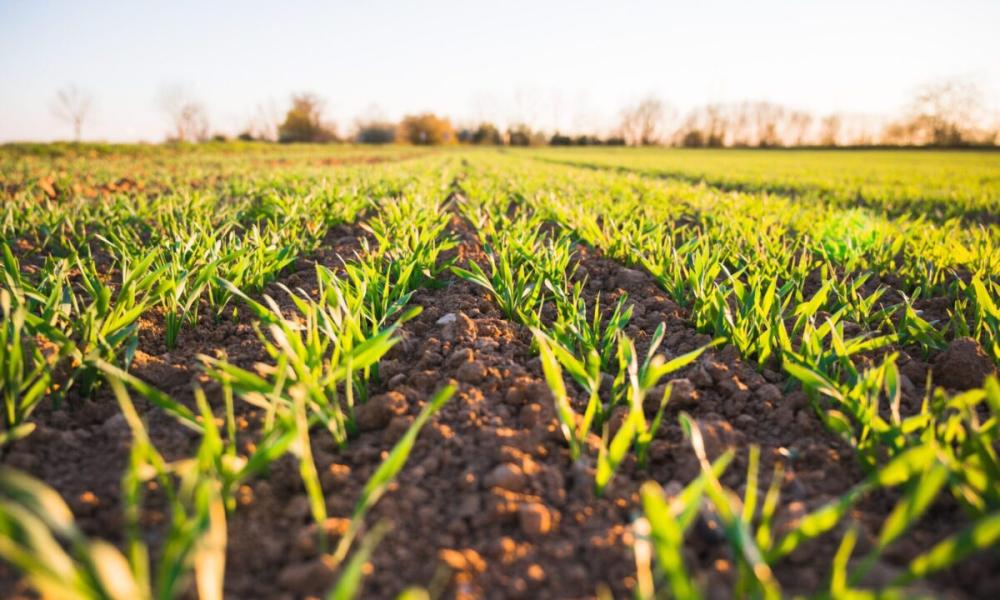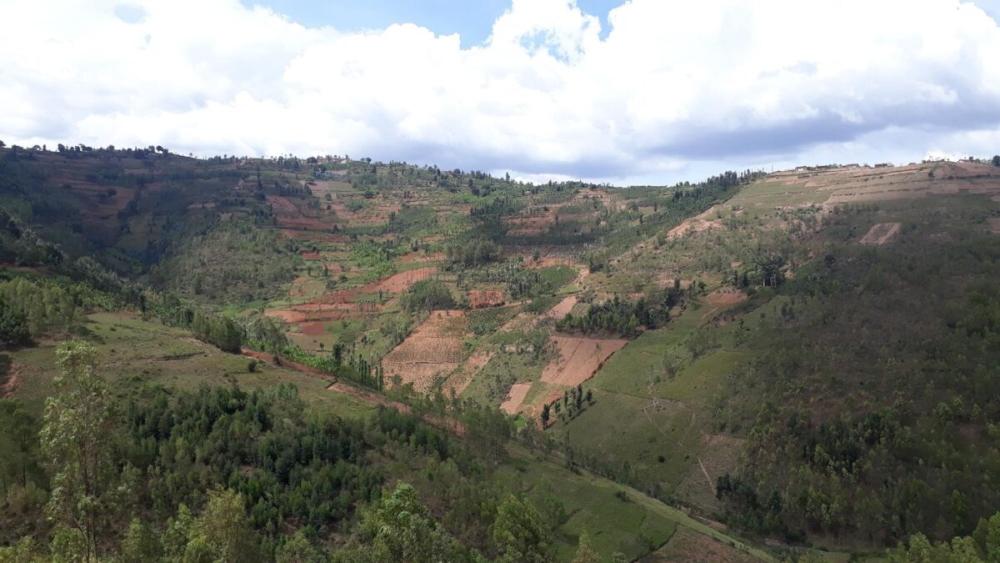Rwanda’s Agricultural Growth Mirage
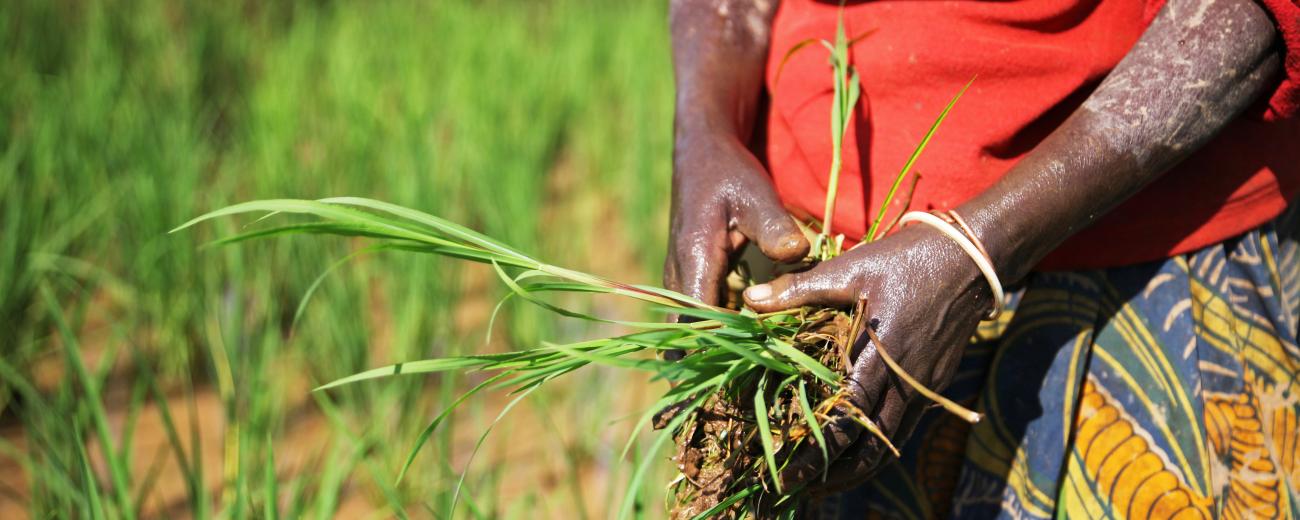

Rwanda’s agricultural sector stagnated for 15 years, but no one noticed. A new paper examines why the country’s agrarian reforms have failed so far.
Rwanda’s spectacular rebirth from the apocalyptic genocide against the Tutsi in 1994 and its remarkable achievements in terms of economic growth, poverty reduction, agricultural transformation, and improved health are well-known. Despite strong criticism about the country’s authoritarianism and a recent debate on whether Rwanda’s governance model can be sustainable, much of its socio-economic progress is real. But lately, compelling evidence demonstrated that one key pillar of its success story –poverty reduction– was weaker than reported and that poverty actually increased in recent years. Moreover, allegations of deliberate methodological changes in poverty accounting made to disguise this unwanted trend were raised. In a new working paper, I demonstrate that a second column of Rwanda’s success –its remarkable agricultural growth– has largely been a mirage, originating in massive overestimation of food crop production from 2008-2013 and maintained up to the present despite clear, publicly available evidence from official Rwandan and international sources illustrating agricultural output stagnation.
Narratives on Rwanda’s Agricultural Development
Look at any report or academic article on Rwanda’s agricultural sector and you will either find that output volumes of the most important food crops multiplied around the turn of the 2010 decade and thus constituted amazing macro-level success or you will learn that agrarian reforms had devastating impacts and were an utter failure on the micro-level. Some scholars tried to reconcile these seemingly robust and contradictory findings as two sides of the same coin of top-down developmentalism that characterises post-genocide Rwanda. Only one paper actually compared different datasets and concluded that “numbers [… on Rwandan agricultural growth] are too optimistic and may even be plainly wrong”. But since that paper used data up to 2013, it just missed the decisive evidence from 2014 onwards.
The (Un)ambiguity of Statistics
According to both FAO 1 and Rwandan statistics, roughly 7 million tons of food crops were produced in the country both in 2005 and 2018, constituting stagnation (see figure 1a). Even more intriguing is what happened during the years in between – according to the data and in reality. Apparently, production levels skyrocketed until 2013 and then fell sharply in 2014, with this hump pattern being much stronger in the Rwandan data. (Actually, FAO data was identical to Rwandan data until at least 2015, but the FAO retrospectively corrected production levels of three crops downwards, leading to a less accentuated hump.) Dissecting Rwandan statistics reveals how this data pattern evolved (see figure 1b): regular so-called crop assessments began to record high production growth from 2008 (coinciding with the start of Rwanda’s massive crop intensification programme) until 2014, while a more sophisticated seasonal agricultural survey (SAS) produced much lower output levels from 2013 onwards. Official statistics were fed by the former until 2013 and switched to the latter in 2014.
However, Rwandan food crop GDP (in constant 2014 prices) almost doubled from 573 bn Rwandan Francs (RWF) in 2005 to 1,118 bn RWF in 2018 (not graphed) which is incompatible with the stagnation of food crop volumes. A manual correction proportional to food output evolution results in total GDP being 7.1% smaller than officially reported, with average total GDP growth being reduced by 0.7% per year. Unfortunately, neither Rwandan nor FAO (or other international) sources ever mention these issues in any of their abundant reports. Rather, virtually all documents including academic work to this day work with the outdated growth narrative based on Rwandan numbers until 2013/14.
Three interesting puzzles arise from this: (1) Why did food crop production stagnate in the first place? (2) How and why did overestimation proliferate from 2008-2013? and (3) Why was Rwanda’s reputation of being a highly successful agricultural reformer never corrected? The first question is tackled below, while the second is debated in part 2 of this blog post (the third one is only discussed in the paper).
An Output Stagnation Hypothesis: Mineral Fertiliser Boost vs. System Disruption
Diving into the literature on Rwanda’s ambitious agricultural reform programme and its implementation on the ground sheds light on the first puzzle. On the one hand, mineral fertiliser application –according to some studies, the most effective yield driver– multiplied over the last two decades in Rwanda. In fact, regarding the technocratic part of the ‘Green Revolution’ rationale, Rwanda did almost everything right: on top of devising an effective fertiliser distribution system, it supported irrigation, mechanisation and the dissemination of improved seeds. It built rural infrastructure, established a country-wide extension services system, invested in agricultural research and formalised land tenure.
However, agrarian change is incredibly complex, and there is substantial evidence that the overzealous implementation of accompanying reform measures created much harm. This included the abrupt and rigid introduction of mono-cropping areas broadly matched with agro-ecological zones, the prohibition of popular and risk-minimising inter-cropping, as well as de-facto coerced villagisation and land use consolidation. Scholars concluded that the reforms severely disrupted rural livelihoods and farming practices, increased poverty and inequality, and disabled risk management systems. An econometric assessment found that the key reform measure of land use consolidation raised yields only on farms larger than one hectare, which excludes 96% of all peasants in land-scarce Rwanda.
Connecting these two developments with respect to the corrected food crop statistics leads to the argument that any yield-driving effects of inorganic fertiliser application and other modernization techniques were offset by the devastating consequences of thoroughly enforced provisions on farming practices. One might interject that profound structural change necessitates temporary upheaval of unproductive regimes. But this reasoning can only hold if large-scale success does emerge eventually. Otherwise, significantly adapting existing policies is crucial. While there are some signs that this is indeed happening, it appears that the transformation envisaged by the Rwandan government requires a more flexible framework that allows more discretion for local agronomists and the appreciation of farmer knowledge.
Proliferation of Overestimation
In 2008, a large agricultural baseline survey using advanced methods found that there was a moderate level of food crop production overestimation (single blue point in figure 1b) relative to official Rwandan statistics.
However, from then on, a progressively increasing overestimation trajectory evolved until 2013 (orange line in figure 1b). This trend coincided with the start of Rwanda’s ambitious Crop Intensification Programme (CIP), and looking at disaggregated data shows that skyrocketing production growth was driven by those crops that were particularly promoted by the reforms.
When the FAO retrospectively corrected Rwanda’s food crop production statistics downwards, it did this by subtracting fixed amounts or percentages from three CIP priority crops (potatoes, cassava, and wheat). Therefore, it stands to reason that escalating overestimation might have been driven by government expectations of production-boosting reform effects. Looking at the methodology of official agricultural data collection from 2008-2013 reveals that biannual surveys did adopt the sampling methods of the 2008 baseline survey but kept their simplistic measurement techniques, that is simply asking farmers for their expected production a few weeks or months before harvest. Could it be that farmers accidentally or deliberately misreported their output to satisfy reform targets?
The Political Economy of Performance Enforcement
To assess this question, it is crucial to understand the mechanism and political economy of Rwanda’s performance monitoring system. In parallel to the seasonal surveys feeding official agricultural statistics, there exists a second agricultural data collection system administered by local agronomists (usually known as routine system), which is connected to the country’s nation-wide performance monitoring tool, its imihigo contract system.
In this elaborate governance framework, annual targets are set relative to baseline values in each ministry and district, effectively making every civil servant down from the Presidency accountable to measurable objectives. Job maintenance and promotions are largely based on imihigo performance, rendering Rwanda’s bureaucracy reasonably meritocratic.
While this system has been shown to produce impressive results in some areas and proper audits are conducted each year to double-check reported results, deliberate imihigo mis-reporting to boost one’s results was recently identified as a structural problem by Rwanda’s prime minister. This occurs because annual targets are often unrealistically ambitious, while simultaneously their actual fulfilment is hard to verify.
Given the importance of agriculture in rural Rwanda, imihigo targets for consolidated land and crop-specific yields have been set each year in all districts. Assessing the accomplished numbers in imihigo reports reveals that these were at least as inflated as official production numbers coming from the surveys.
Even more, imihigo numbers have not been corrected yet and continue to indicate agricultural volumes several times higher than those in official statistics. For example, the Ministry for Agriculture’s annual report 2017/18 depicts both consolidated crop area from imihigo contracts and total crop area from seasonal surveys, where the former surpasses the latter by 38%, while it has to be smaller by definition.
Channels of Farmer Overreporting
Coming back to the question of the genesis of escalating overestimation, there exist a few possible explanations. As shown in my paper, the existing evidence makes data fabrication highly unlikely. Also, an amalgamation of seasonal surveys and routine system data or accidental farmer overreporting can be practically dismissed. Rather, it is very likely that farmers did report unrealistically high output growth to fieldwork enumerators, which was not questioned or double-checked by anyone, as these numbers fulfilled imihigo targets. This deliberate overreporting, it is argued, occurred via two channels.
First, farmers, who are widely affected by various government actions, might have mitigated state interference by telling officials what they wanted to hear. As farmers were aware of the government’s high interest in the CIP’s success, they might have ‘played along’ by reporting strong food crop growth.
Second, local agronomists, who were reporting to have achieved enormous production growth each year in the distinct imihigo system, obviously knew about the independent agricultural surveys, and were keen to have them capture this largely imaginative growth trend as well. Thus, they might have used their ‘expert status’ to inform farmers about their expected upcoming harvest volume.
Then, both the well-known tendency in Rwanda to not question authority and farmers’ self-interest in telling the government what it expects to be told would result in them strongly overreporting agricultural production.
Detection and Correction
Eventually, the introduction of sophisticated seasonal agricultural surveys (SAS) in 2013 revealed massive overestimation and official statistics were silently corrected downwards from 2014, meaning that grossly false numbers proliferated for ‘only’ six years. Hence, the pursuit of technocratic excellence endogenously discovered massive food crop overreporting, which, however, was an endogenous product of the Rwandan governance system itself. Unfortunately, it was this short period of ostensible success that has been widely reported in academia and the media up to the present.
The evidence summarised here is in line with case studies on failed Rwandan industrial development. Therefore, it appears that regarding complex processes of economic transformation, the current imihigo system does not constitute a political economy where organisations and individuals are encouraged or compelled to learn through failure, but rather to pretend to have succeeded. This highlights a dire need for a structural reform of Rwanda’s performance contract system that would entail a more effective policy correction mechanism, including the possibility to criticise processes and goals and to follow entrepreneurial trial-and-error approaches.
Sebastian Heinen is a PhD candidate in the Department of Economics. His doctoral research examines the efficacy of state-led economic transformation in post-2000 Rwanda focusing on the coffee-processing, hotel, and food crops sector.
